Description
Allen‑Bradley 1747-SDN DeviceNet Scanner for SLC 500 – Fast, Reliable DeviceNet Integration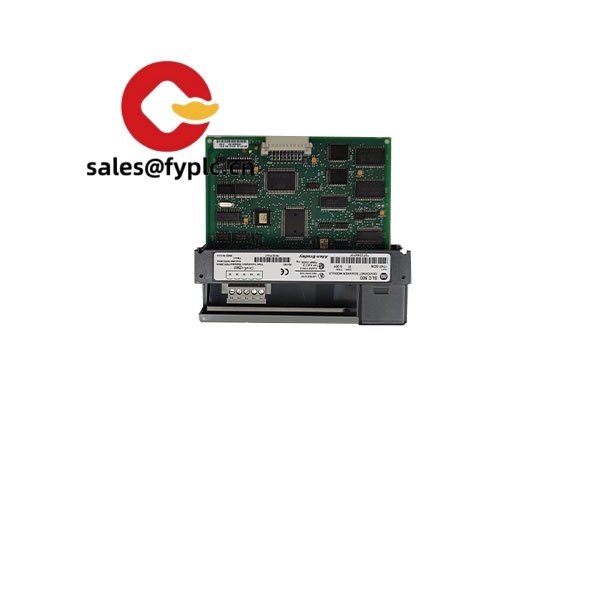
The Allen‑Bradley 1747-SDN is the go‑to DeviceNet scanner module for the SLC 500 platform. It sits in a standard 1746 chassis slot and acts as the master on a DeviceNet network, making it straightforward to connect distributed I/O, valves, drives, and smart sensors to an SLC processor. From my experience, it’s a practical choice for brownfield upgrades where you need stable DeviceNet handling without re‑architecting your control system.
Company’s Order Placement Process and Guarantees
- Warranty: 365 days
- Lead time: 1 week if in stock; no more than 1 month at the latest
- Payment: 50% advance; full payment before delivery
- Express options: FedEx, UPS, DHL
Key Features
- DeviceNet Master/Scanner – Manages DeviceNet I/O devices as the network master, handling polled, cyclic, and bit‑strobed data in most setups.
- Seamless SLC 500 integration – Installs in a 1746 chassis slot and exchanges data with the SLC processor over the backplane, so your ladder logic stays clean.
- Multi‑rate support – Typical DeviceNet baud rates of 125, 250, and 500 kbps for flexible network design and cable lengths.
- Node capacity – Supports addressing of up to 63 DeviceNet slave nodes in many cases, suitable for mid‑to‑large cells.
- Diagnostics you can trust – Front status LEDs for module and network health; you’ll spot wiring or power issues quickly during commissioning.
- Explicit messaging – Read/write parameter access for drives and smart devices, not just simple I/O data.
- Proven ecosystem – Works with common DeviceNet components like valve manifolds, VFDs, safety interlocks, and barcode scanners.
Technical Specifications
| Brand / Model | Allen‑Bradley 1747-SDN (SLC 500 DeviceNet Scanner) |
| HS Code | 8538.90 (Parts for industrial control panels/PLC systems) |
| Power Requirements | 5 VDC from 1746 backplane (module draw typically under 1 A; verify chassis load budget) |
| Dimensions & Weight | Standard SLC 1746 single‑slot format; typical module mass < 0.5 kg |
| Operating Temperature | 0 to 60 °C (32 to 140 °F) when installed per SLC chassis guidelines |
| Signal I/O Types | DeviceNet I/O data (polled/cyclic/bit‑strobe) and explicit messaging; supports digital/analog data via networked devices |
| Communication Interfaces | DeviceNet (CAN) trunk via 5‑pin open‑style connector; 125/250/500 kbps. Backplane interface to SLC 500 CPU. |
| Installation Method | Installs into 1746 chassis slot; chassis panel‑ or DIN‑rail‑mounted per 1746 series guidelines |
| Typical Network Size | Up to 63 DeviceNet slave nodes (addressable 0–63, with the scanner as master) |
Application Fields
You’ll typically see the 1747-SDN used in automotive body shops, tire and rubber lines, packaging and palletizing cells, material handling systems, and process skids where DeviceNet devices already exist. One thing I appreciate is how fast you can bring legacy valve manifolds and drives online—especially during phased modernizations where the SLC remains for a few more years.
Advantages & Value
- Reliability – Stable DeviceNet scanning with clear status LEDs reduces downtime during fault tracing.
- Compatibility – Works cleanly with the SLC 500 family and mainstream DeviceNet devices; saves engineering hours.
- Cost Control – Keeps existing DeviceNet investments productive; avoids immediate rip‑and‑replace to Ethernet/IP.
- Supportability – Configuration through familiar Rockwell tools (RSLogix 500/RSNetWorx for DeviceNet) makes maintenance straightforward.
Customer feedback from a recent retrofit: “Swapping in a 1747-SDN and reusing the DeviceNet trunk cut our commissioning by two days. Diagnostics were simple—the network LED told the story.”
Installation & Maintenance
- Cabinet environment – Maintain 0–60 °C, non‑condensing humidity, and adequate ventilation. Keep DeviceNet trunk away from high‑noise VFD cabling where possible.
- Chassis & wiring – Install in a 1746 chassis with proper keying. Use DeviceNet‑rated cable, correct color‑coded 5‑pin open‑style connector, and end‑of‑line 121 Ω terminators at both ends of the trunk.
- Network power – The scanner does not power the bus; supply a clean 24 VDC DeviceNet power source sized for all nodes, with correct grounding and shielding.
- Commissioning – Set node addresses/baud rate consistently; validate with RSNetWorx for DeviceNet. Verify scan lists and I/O mapping before handing off to the SLC logic.
- Routine maintenance – Periodically inspect connector torque, trunk continuity, and shield integrity. Keep firmware current where applicable, typically via ControlFLASH through the backplane.
- Safety – De‑energize before inserting/removing the module. Follow lockout/tagout and ESD handling practices.
Quality & Certifications
- Certifications typically include CE and UL/cUL; RoHS compliance on most later series
- Manufactured under ISO 9001 quality systems
- Warranty: 12 months (365 days)

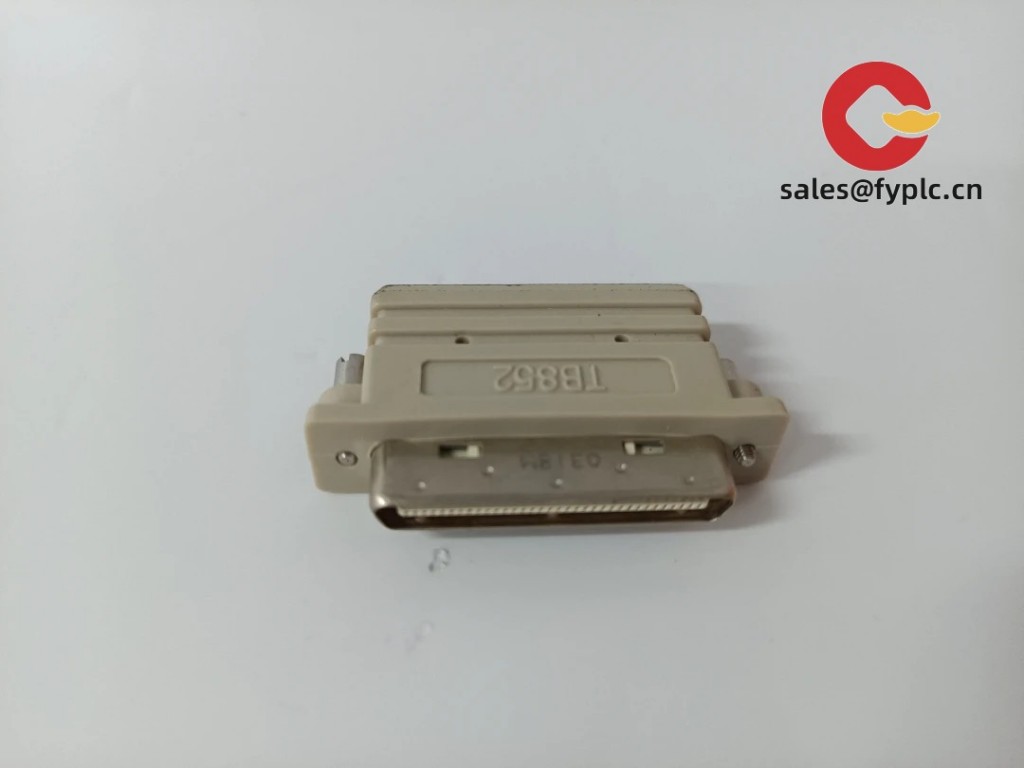
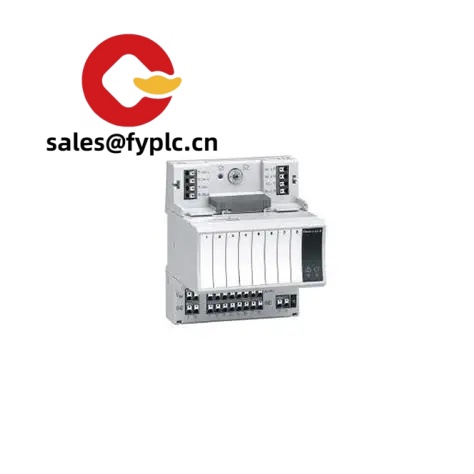

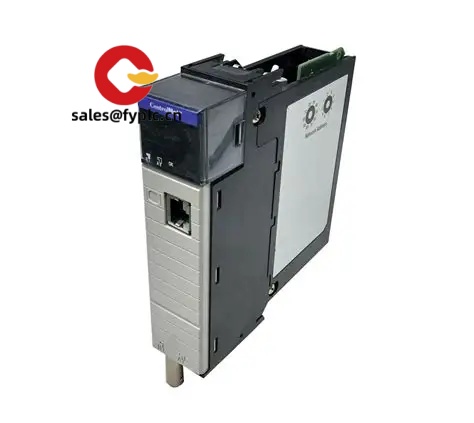
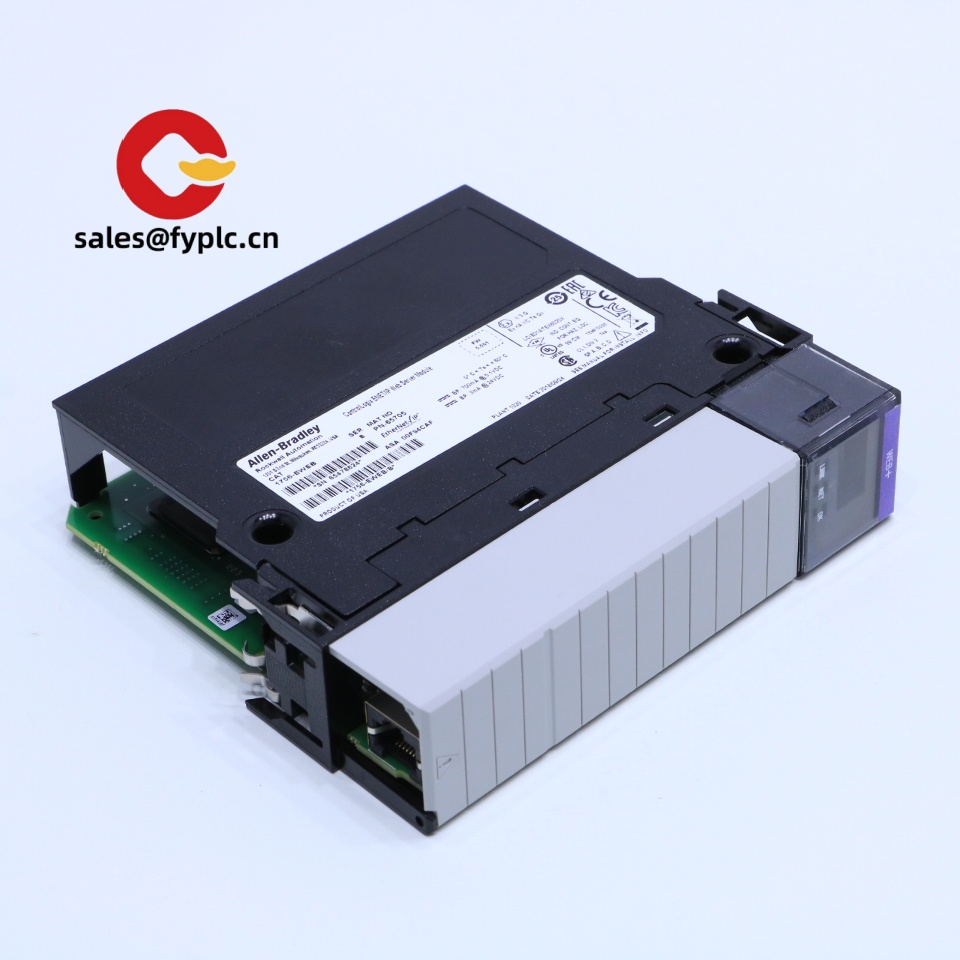
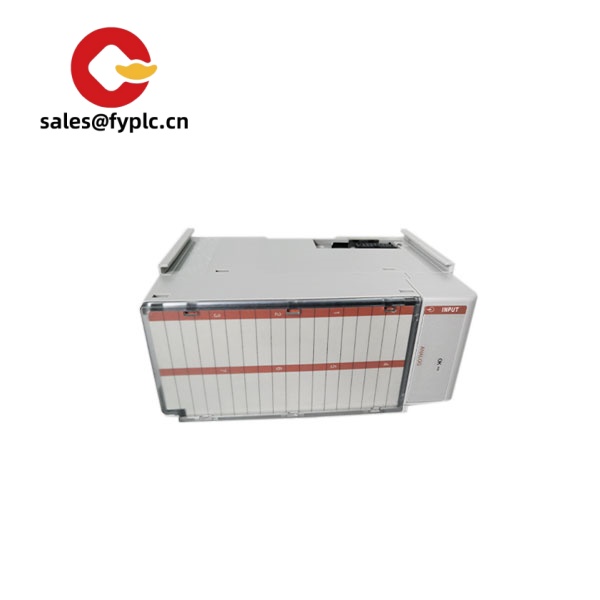
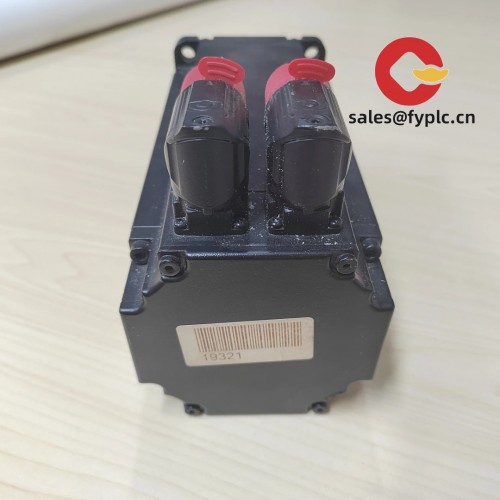
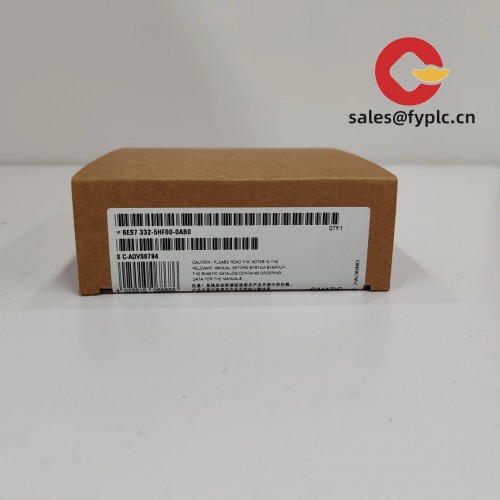
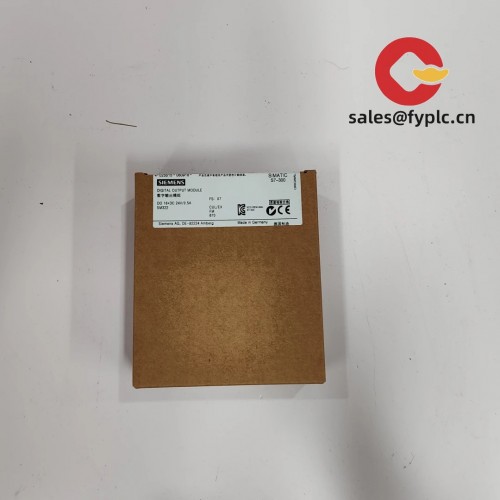
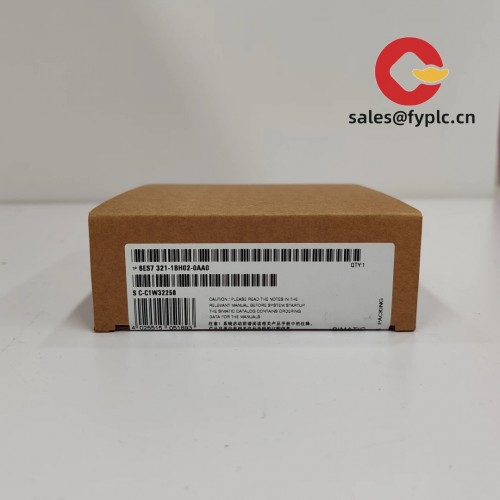



Reviews
There are no reviews yet.